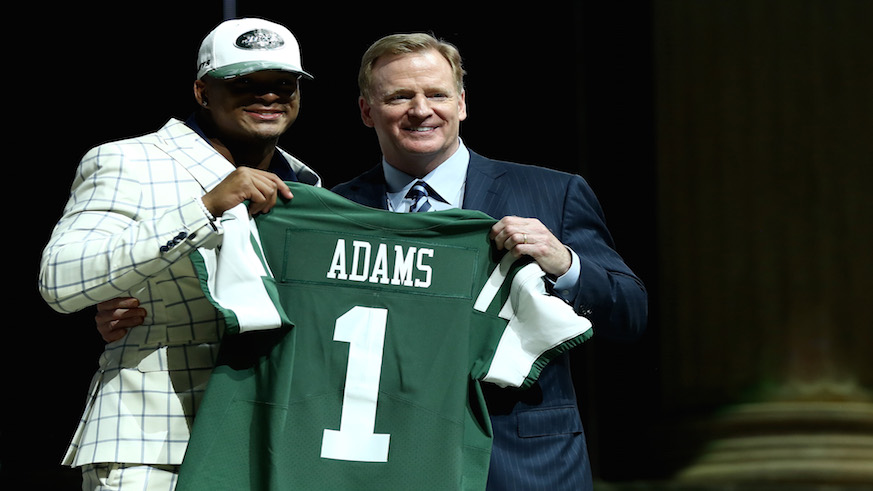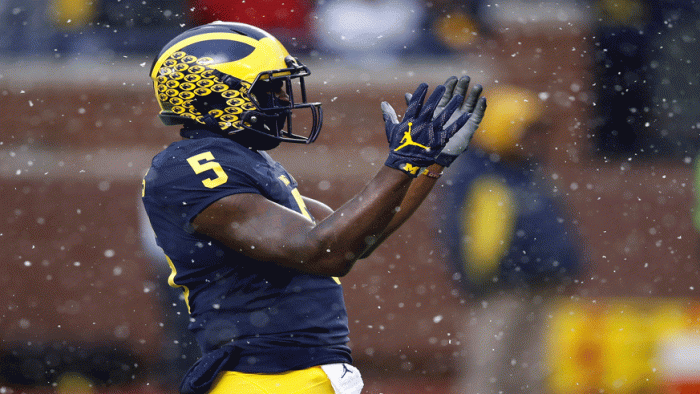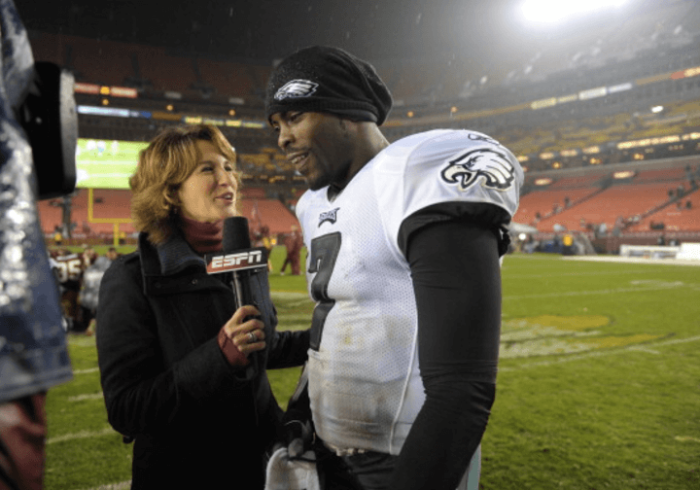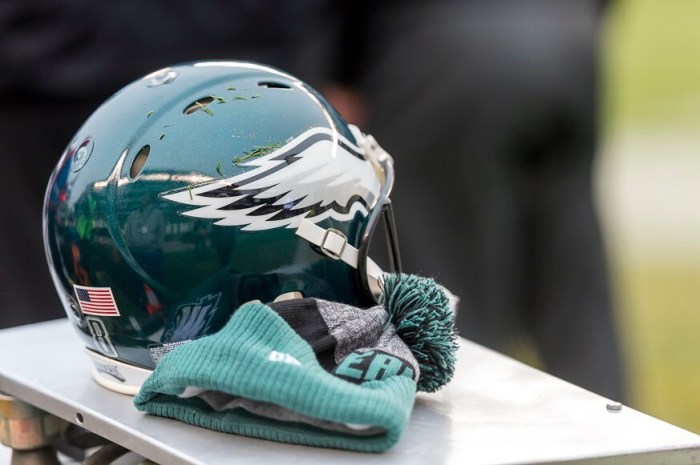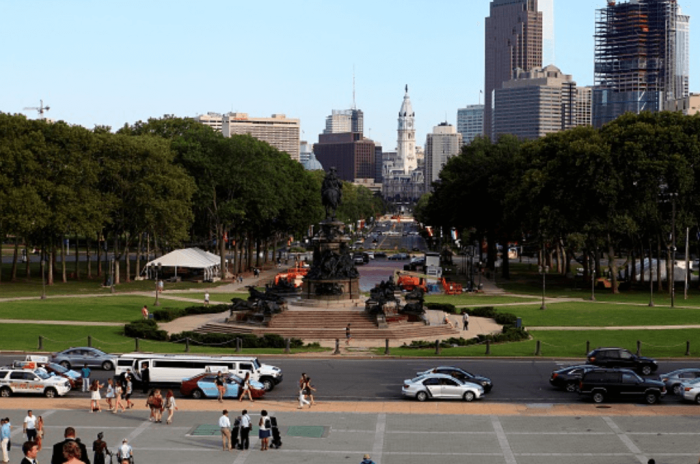And in the blink of an eye, it was all over. The lights went out, the stage was broken down and the NFL packed their things and hightailed it out of Philadelphia after a three-day draft extravaganza.
For the two New York-area teams, the weekend provided a big chance for the Giants and Jets to address big problems within their respective rosters.
However, their strategies left something to be desired.
Jets
Things could not have started out much better for the Jets. After the Chicago Bears’ puzzling display of trading up from No. 3 to No. 2 to draft UNC quarterback Mitchell Trubisky, the Jets saw LSU safety Jamal Adams fall into their laps.
Adams should have been a top-three pick given his skill set and leadership capabilities, yet he was still on the board at No. 6 and Gang Green smartly snapped him up considering they needed help with the secondary.
Their second pick further proved that Todd Bowles wanted to completely revamp the secondary by taking Florida’s Marcus Maye at No. 39. However, two safeties in a row was a confusing decision with the Jets needing so much more elsewhere on the roster.
It only got worse when they took two-straight wide receivers in the third and fourth rounds.
Alabama wide receiver ArDarius Stewart (No. 79) is a big-time playmaker and one of the fastest pass catchers around, but the Jets already have speed in the wide-receiving corps, which makes the selection seem somewhat unnecessary.
The Jets didn’t take a cornerback until the sixth round with their final two picks and passed up on a quarterback altogether.
That means the starting job under center will come down to Josh McCown, Bryce Petty or Christian Hackenberg this fall.
Draft Grade: C
Giants
Approval ratings of Big Blue’s decision to take Ole Miss tight end Evan Engram in the first round with their No. 23 pick are on either extreme of the spectrum.
Some think that adding the athletic tight end was a solid acquisition considering he could add a new weapon to Eli Manning’s arsenal.
Others look at it as a missed opportunity to draft an offensive tackle that could bolster the line and help protect Manning and the offense.
There were prospects like Alabama’s Cam Robinson and Wisconsin’s Ryan Ramczyk available that could have stepped in and immediately started.
They didn’t take an offensive tackle until pick No. 200, selecting Adam Bisnowaty out of Pittsburgh.
At 6-foot-6, 300 pounds, he will prove to be a major work in progress before stepping into the line regularly.
The Giants did manage to address the loss of Jonathan Hankins to free agency by drafting defensive tackle Dalvin Tomlinson out of Alabama at No. 55 overall. But that pick did take them out of the top-tier offensive tackle market.
Manning’s successor also might have been acquired with Cal quarterback Davis Webb in the third round. He will have at least a few years to sit and learn under the Giants’ veteran before legitimately challenging for the No. 1 job.
Had the Giants been able to take an offensive tackle earlier in the draft, their grade would have been much better.
Draft Grade: B-

